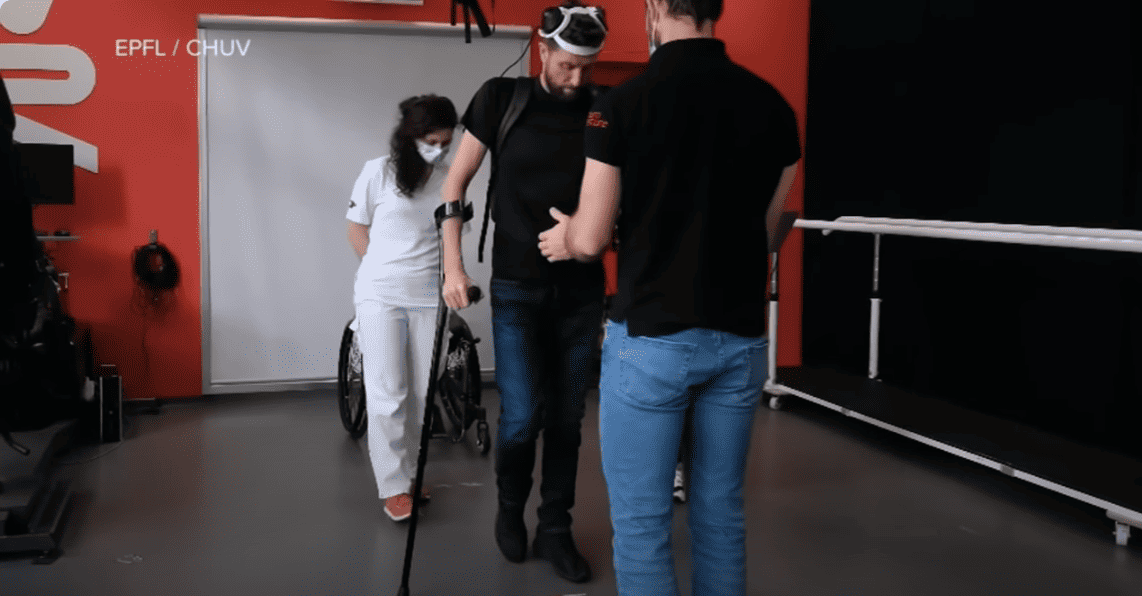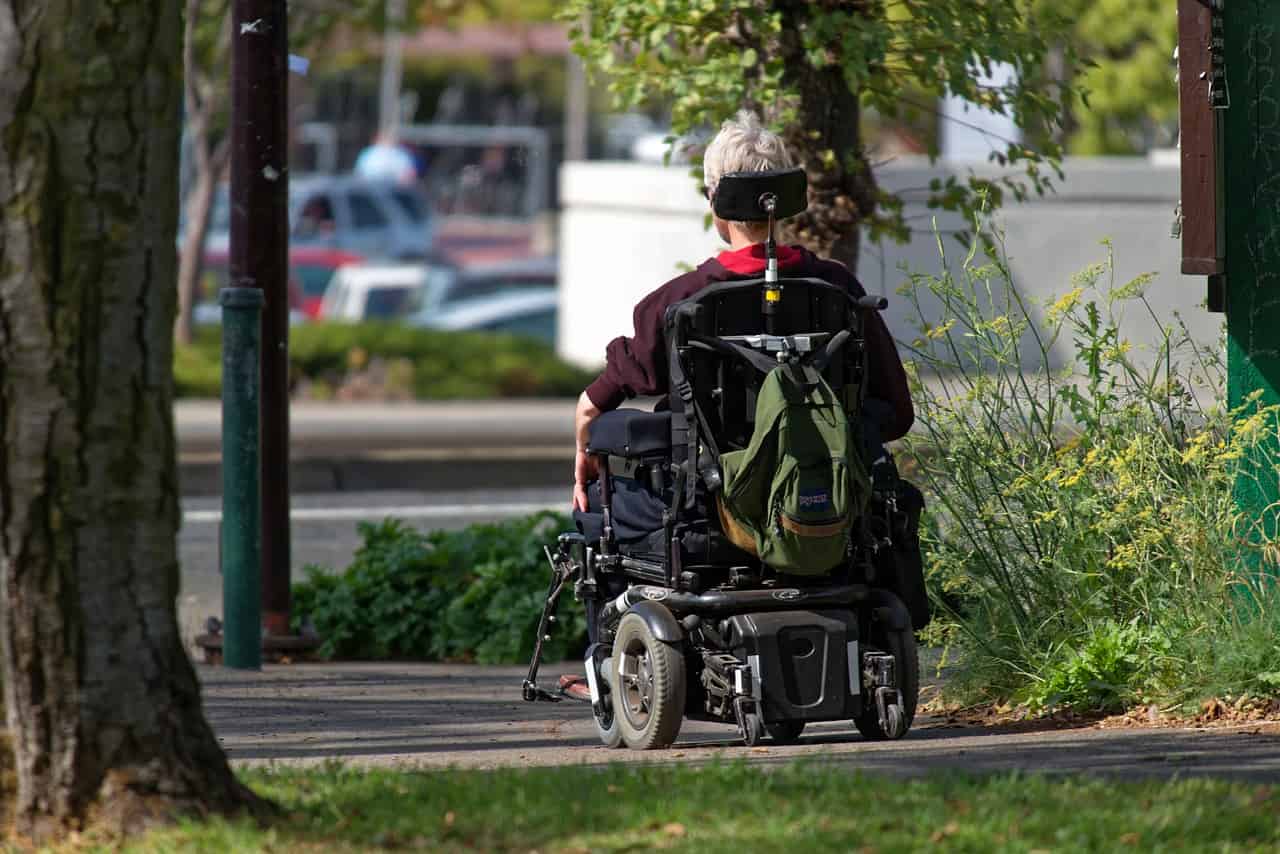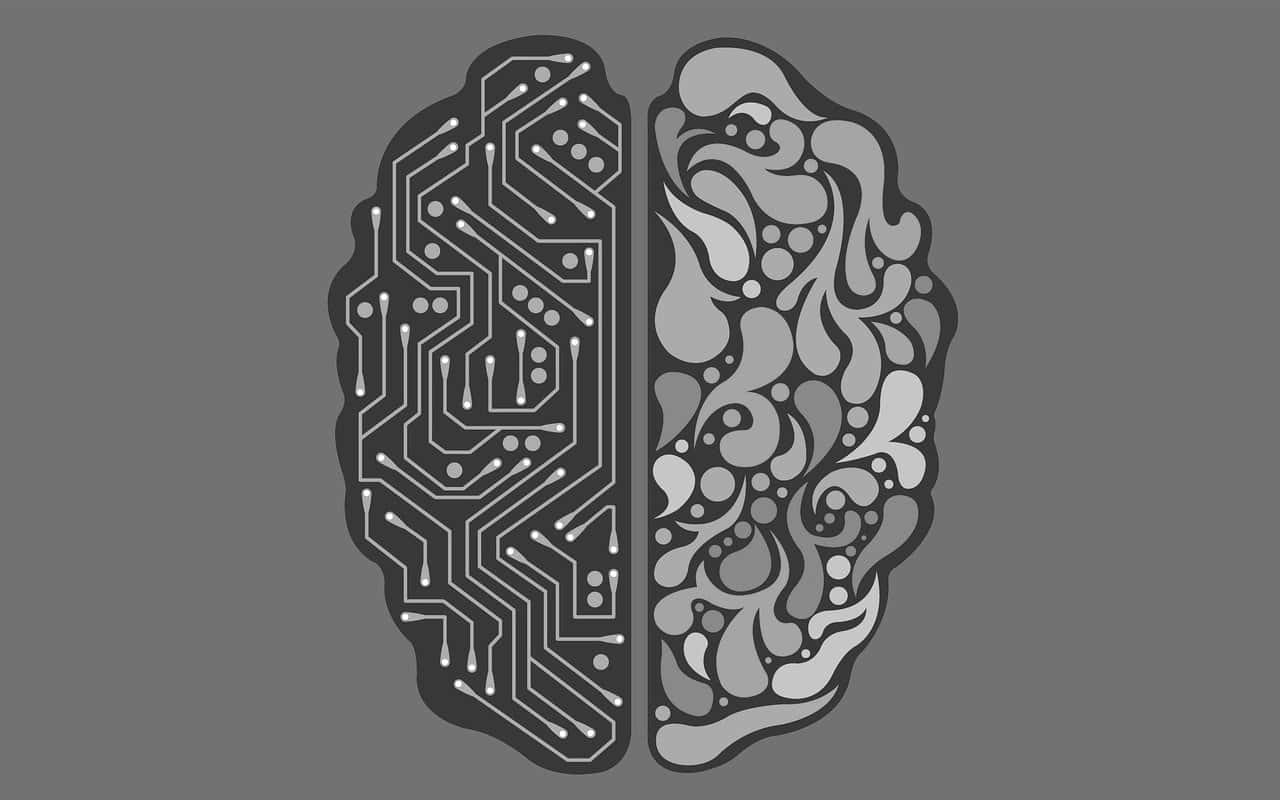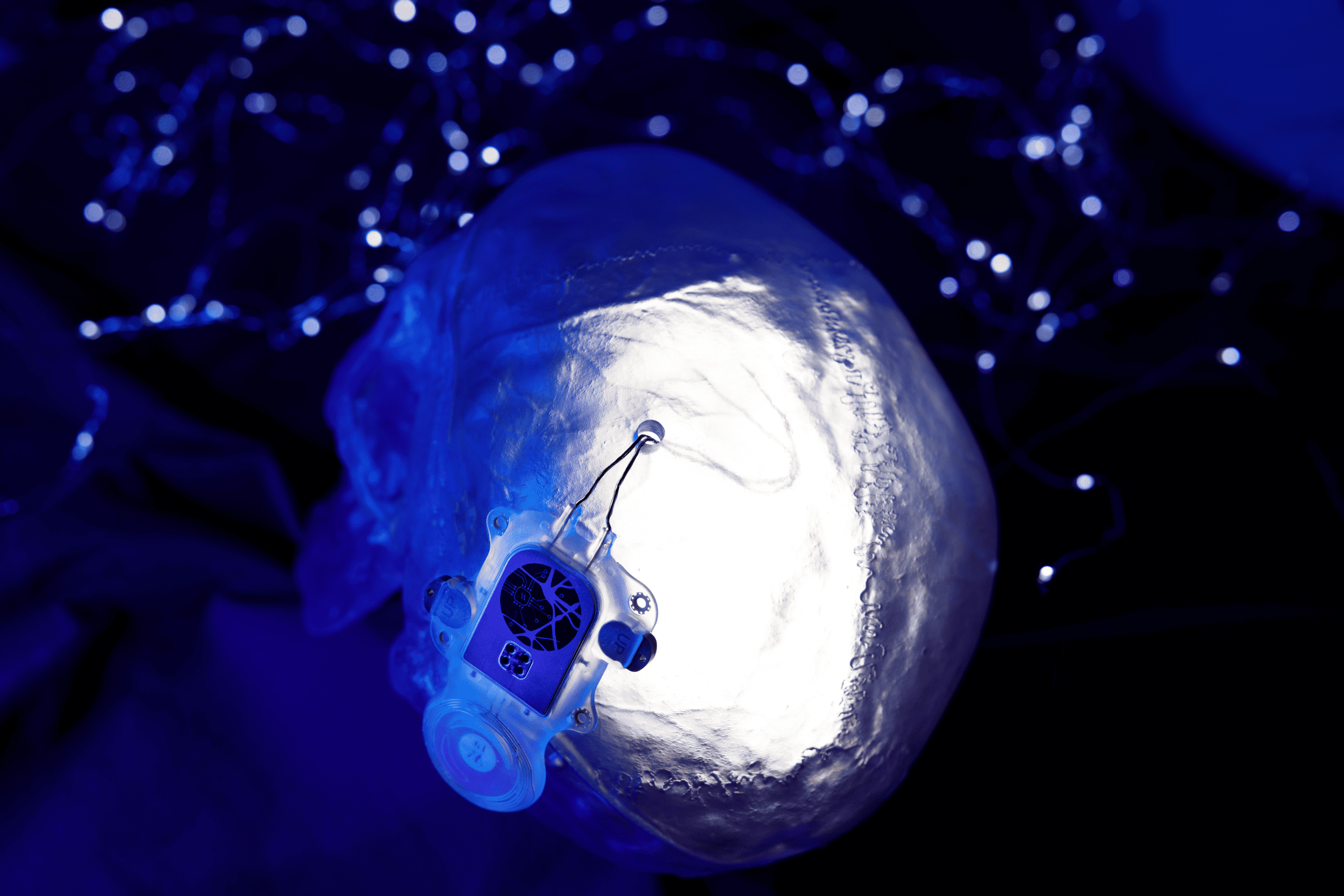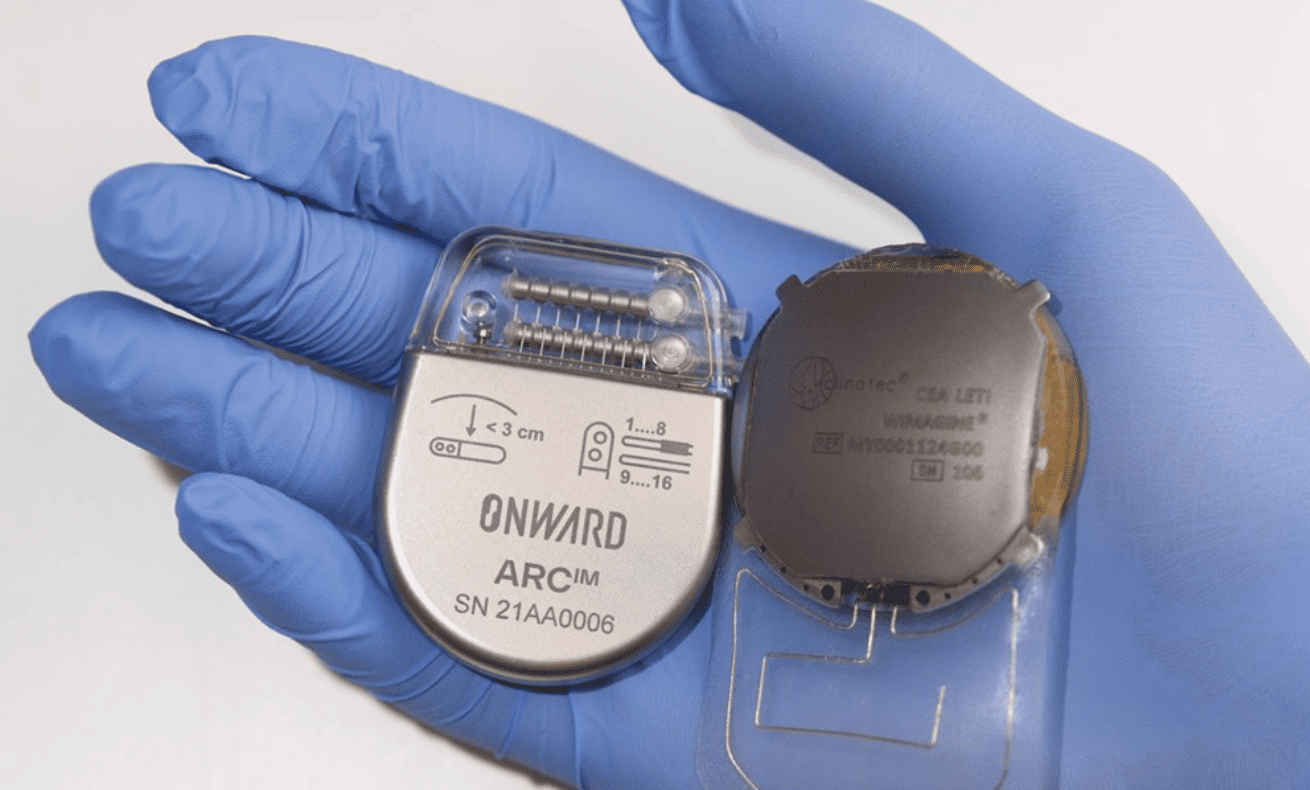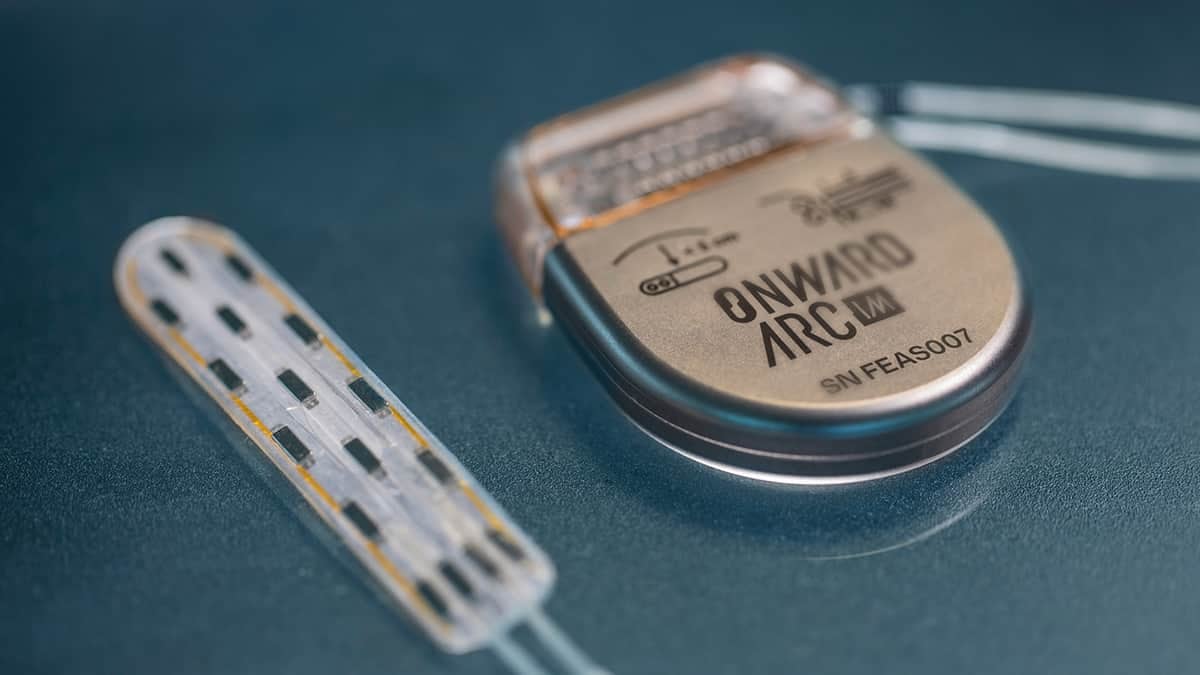
A groundbreaking digital bridge has successfully restored communication between the brain and spinal cord, allowing a 38-year-old man with spinal cord injury to walk naturally. Swiss neuroscientists developed the wireless brain-spine interface. The technology, called WIMAGINE, records signals from the sensorimotor cortex and predicts intended movements. The system then delivers electrical stimulation to the nerves, enabling the participant to regain standing and walking abilities. The researchers published their findings in Nature.
A digital bridge to overcome paralysis
In a pioneering achievement, Swiss researchers have developed a “digital bridge” that re-establishes the communication between the brain and spinal cord, enabling a paralysed man to walk again. The innovative technology, called WIMAGINE, records electrocorticographic (ECoG) signals from the sensorimotor cortex of the brain. These signals represent the individual’s intention to move their lower limbs.
The system then processes these signals into real-time commands that are sent wirelessly to the lumbosacral spinal cord. By delivering electrical stimulation to the targeted nerves, the technology allows the individual to regain standing and walking capabilities.
Regaining control and independence
Gert-Jan Oskam, who was paralysed in a cycling accident in 2011, has been able to climb stairs and walk over 100 meters post-operation using the brain-spine interface. Oskam’s thoughts are captured by the system which translates them into spinal cord stimulation, allowing for voluntary leg movements.
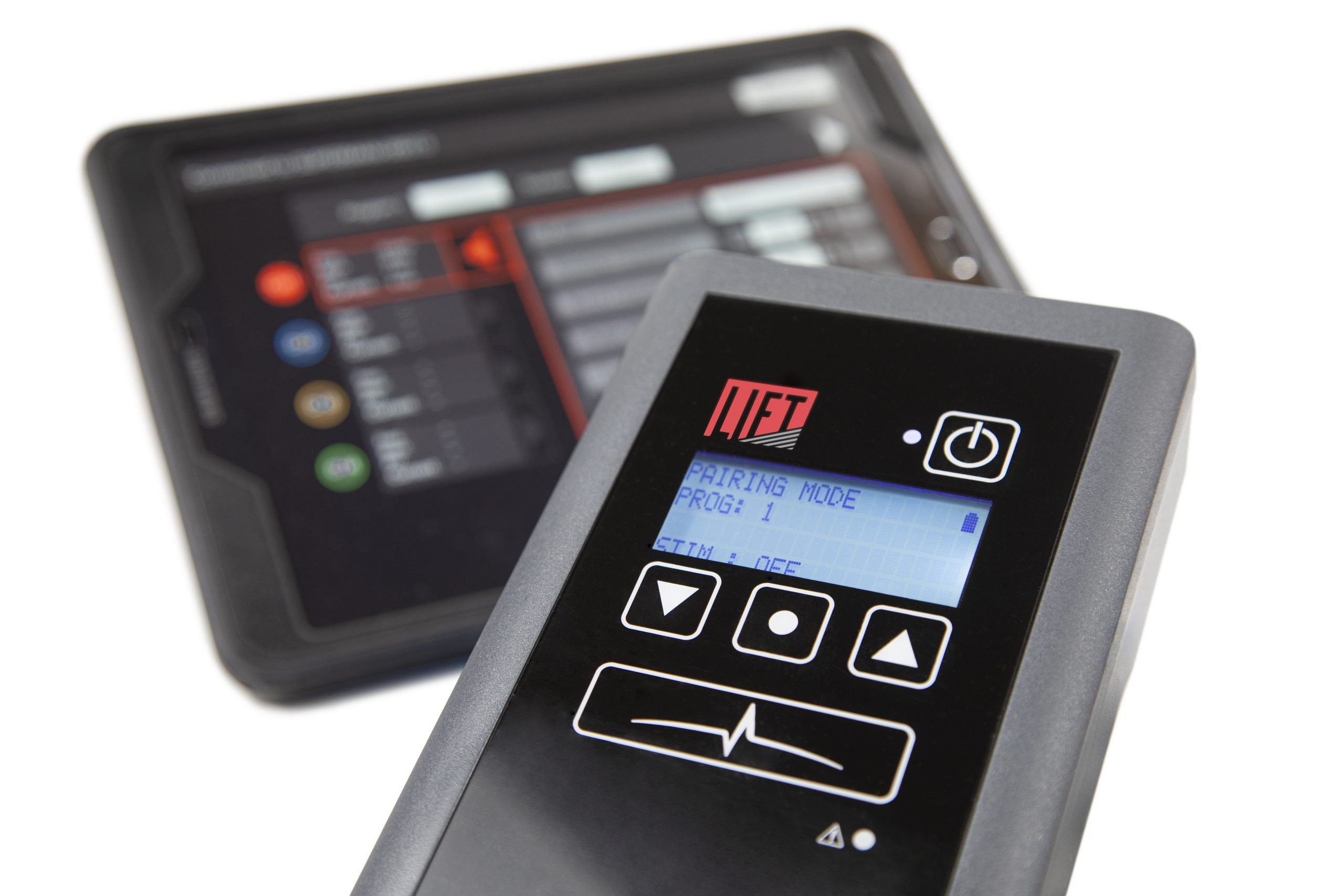
The implant allows for more natural movements, initiated and controlled by thought, unlike previous systems that used computer signals to recreate rhythmic steps, resulting in robotic movements triggered by a button or sensor. Prof Grégoire Courtine, from the Swiss Federal Institute of Technology in Lausanne, highlights the success of the digital bridge in restoring more natural and adaptive control of standing and walking for people with paralysis due to spinal cord injury.
Rehabilitation and recovery
Following over 40 training sessions, Oskam has regained some control of his legs even when the device is switched off. The researchers believe that the brain-spine reconnection facilitated by the digital bridge helps regenerate spinal nerves, recovering lost control.
While the work is still in its early stages, the researchers hope that in the future, miniaturised devices will help stroke patients and paralysed individuals walk, move their arms and hands, and control their bladder, which is often affected by spinal injuries.
Funding and awards
ONWARD Medical N.V., the medical technology company behind the development of WIMAGINE, has received a second subsidy from the European Innovation Council (EIC) to support the improvement of the Brain-Computer Interface (BCI) technology for individuals with spinal cord injuries. In 2016 Onward Medical NV, then know as G-Therapeutics, won the Innovation Origins Gerard & Anton Award.



